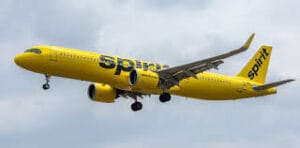Did Congestion Pricing Actually Work? The Surprising Results Are In

New York City officials announced Monday that traffic in Manhattan’s central business district has significantly decreased since the implementation of the nation’s first congestion pricing fee on January 5th.
Key Findings:
- Reduced Traffic: Traffic volume fell by 7.5% last week, with 273,000 fewer cars entering the central business district.
- Faster Travel Times: Inbound travel times across river crossings have improved by 30-40%.
- Improved Bus Speeds: Reduced traffic congestion has led to faster bus speeds, particularly during peak morning hours.
Congestion Pricing Details:
- Fees: Passenger vehicles are charged $9 during peak hours, with trucks and buses facing higher fees.
- Exemptions: Taxis and ride-hailing services face lower fees.
- Electronic Tolling: Charges are collected electronically via license plate readers.
Global Precedence:
- London: Successfully implemented congestion pricing in 2003, currently charging £15.
- Singapore & Sweden: Also have successful congestion pricing programs in place.
Projected Impact:
- Traffic Reduction: The MTA projects an 11% reduction in vehicle traffic, down to 80,000 fewer cars per day.
- Revenue Generation: The program is expected to generate $500 million in its first year.
- Funding Mass Transit: 80% of the revenue will be used to upgrade the city’s subway and bus systems, with the remaining 20% allocated to commuter rail improvements.
Political Context:
- New Jersey Opposition: Faced legal challenges from New Jersey, which ultimately failed.
- Implementation Rush: The city expedited the program’s implementation before the inauguration of the then President-elect.



